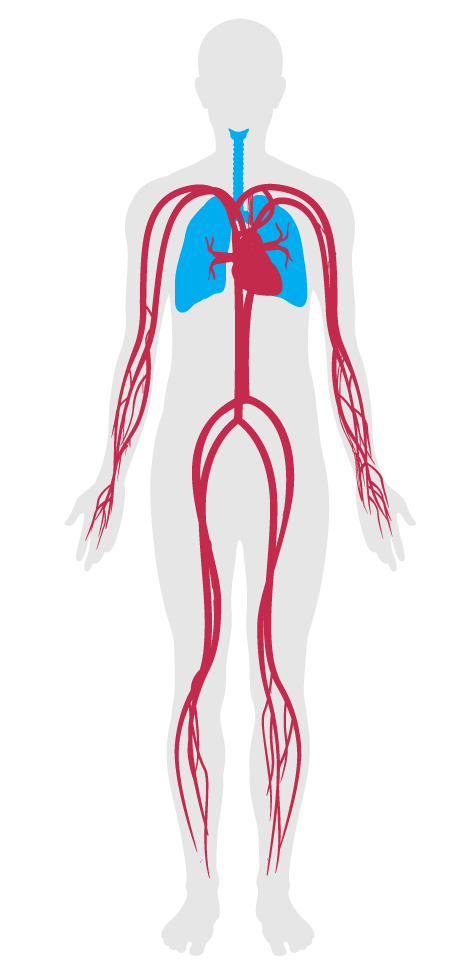Operable windows
Features/Air/Feature 19
- 01 Air quality standards
- 02 Smoking ban
- 03 Ventilation effectiveness
- 04 VOC reduction
- 05 Air filtration
- 06 Microbe and mold control
- 07 Construction pollution management
- 08 Healthy entrance
- 09 Cleaning protocol
- 10 Pesticide management
- 11 Fundamental material safety
- 12 Moisture management
- 13 Air flush
- 14 Air infiltration management
- 15 Increased ventilation
- 16 Humidity control
- 17 Direct source ventilation
- 18 Air quality monitoring and feedback
- 19 Operable windows
- 20 Outdoor air systems
- 21 Displacement ventilation
- 22 Pest control
- 23 Advanced air purification
- 24 Combustion minimization
- 25 Toxic material reduction
- 26 Enhanced material safety
- 27 Antimicrobial activity for surfaces
- 28 Cleanable environment
- 29 Cleaning equipment
- P9 Advanced cleaning
Operable windows
Intent:
To increase the supply of high quality outdoor air and promote a connection to the outdoor environment by encouraging occupants to open windows when outdoor air quality is acceptable.
BACKGROUND
Achieving natural ventilation through open windows, doors and louvers can provide a positive occupant experience, but challenges the ability to maintain strict control over interior air quality. When weather and local ambient parameters indicate high quality outdoor air, WELL encourages the use of natural ventilation strategies. Open windows can then provide a supply of outdoor air and lower the levels of carbon dioxide and VOCs, such as formaldehyde, without compromising indoor air quality.
If the outdoor air measurement system indicates that outdoor air either (i) exceeds ozone levels of 51 ppb or PM₁₀ levels of 50 μg/m³; (ii) has a temperature of 8 °C [15 °F] above or below set indoor temperature; or (iii) has a relative humidity above 60%, then one of the following is used to discourage occupants from opening windows:
a.
Software on occupants' computers or smartphones.
b.
Indicator lights at all operable windows.

